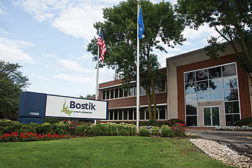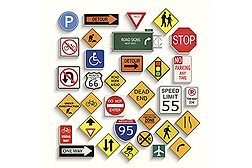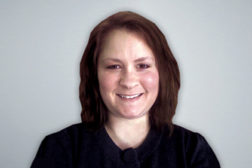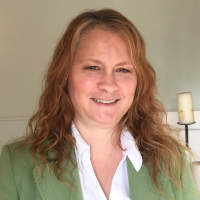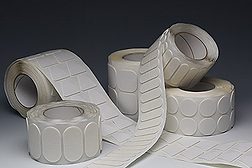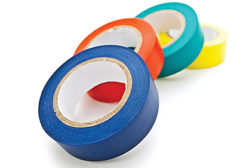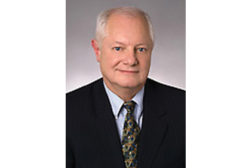Manufacturers
What is business development, and how do you increase the odds of success?
Read More
Focus On: Bostik Celebrates 125 Years of Innovation
Global adhesive specialist marks the anniversary of the company's founding in 1889.
November 1, 2014
Regulatory Review: Signs of Potential Prop 65 Revisions and their Impact for the Adhesives and Sealants Industry
An explanation of some of the core elements of a Prop 65 revision currently under consideration.
November 1, 2014
Editor's Memo: Taking Things Easy?
Maybe the goal shouldn't be taking things "easy" so much as using and enjoying our time wisely.
November 1, 2014
Selecting Adhesives: Converting Every Opportunity into Success
Knowing the basics of converting is helpful when choosing the best adhesive for an application.
October 1, 2014
Electron Beam Technology for Pressure-Sensitive Adhesive Applications
Ultraviolet and electron beam technology offers many benefits for PSAs, including environmental and application advantages.
October 1, 2014
IP in Depth: Avoiding Unnecessary Disclosures in Patent Applications
The distinction between disclosing how to practice an invention and explaining how an invention works is important to understand when drafting patent applications.
October 1, 2014
Maximizing Quality and Cost Benefits with Structural Adhesive Testing
Choose a method for testing structural adhesives that maximizes benefits.
October 1, 2014
A Static Solution for Manufacturers of Adhesives and Sealants
Properly designed static mixer heat transfer equipment offers many benefits for adhesive and sealant manufacturers.
October 1, 2014
Improved Rheological Quality Control Tests for Today's Adhesives and Sealants
A range of rheological equipment is available with a variety of spindle geometries to properly perform quality control analyses of various adhesives and sealants.
October 1, 2014
Keep the info flowing with our eNewsletters!
Get the latest industry updates tailored your way.
JOIN TODAY!Copyright ©2024. All Rights Reserved BNP Media.
Design, CMS, Hosting & Web Development :: ePublishing

